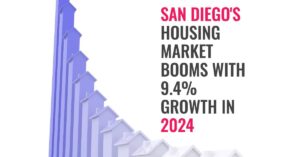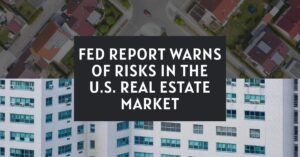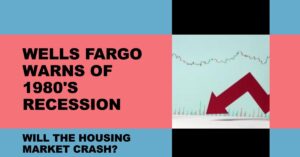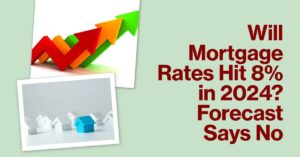The housing market has been a topic of intense debate and concern, especially with the record surge in home prices that has made homeownership a distant dream for many. Amidst this scenario, a proposed legislation aimed at preventing Wall Street firms from purchasing homes has been a subject of discussion.
Thomas Ryan, a property economist at Capital Economics, has weighed in on the matter, suggesting that such legislation would have minimal impact on curbing the escalating home prices.
Is Wall Street Responsible for Surge in Home Prices?
Ryan's perspective is grounded in the data that investor purchases, while notable, represent only a fraction of all home sales. In June 2022, for instance, investors accounted for just 12% of transactions, with a significant portion being small-scale investors who typically rent out a few properties near their primary residence. These small investors are unlikely to be affected by the proposed legislation, which targets larger institutional buyers.
Moreover, large institutions, defined as those purchasing more than 50 homes since 2001, constituted only one-third of all investor purchases during 2021-2022, a share that has since decreased to 13%. To put it into perspective, even a giant like Blackstone, with over 60,000 homes, owns merely about 0.06% of the 105 million single-family home market in the US. Collectively, institutional investors hold about 0.5% of the US housing market, a figure too small to exert a significant influence on national housing prices.
The real drivers behind the soaring home prices, according to Ryan and Capital Economics, are the growing demand from millennials and younger generations, coupled with a shortage of new homes being built, a trend that followed the housing market crash. This demand-supply mismatch is a more plausible explanation for the price surge than the activities of Wall Street investors.
The Proposed Legislation
The proposed legislation, therefore, might not address the root cause of the problem. Instead, it could potentially overlook the larger issues at play, such as the need for more housing construction and policies that facilitate first-time homeownership among younger people. The focus, perhaps, should be on creating a more balanced housing market that caters to the needs of all potential homeowners, rather than solely on the actions of Wall Street firms.
While the intent behind the legislation is to make housing more accessible, the solution might lie in a multifaceted approach that addresses the underlying factors contributing to the housing crisis. It is a complex issue that requires careful consideration and a comprehensive strategy that goes beyond limiting institutional investments in the housing market.
Exploring the Multifaceted Drivers of Home Prices
Home prices can feel like a rollercoaster ride, and it's tempting to blame it all on Wall Street. But the truth is, housing prices are influenced by a complex web of factors on the ground, not just fancy financial maneuvers. While investors do have a say, let's explore deeper into the real drivers that shape your local housing market:
- Economic Growth: The overall health of the economy is a primary driver of home prices. A robust economic climate with strong GDP growth, low unemployment rates, and rising incomes can increase the demand for housing, leading to higher prices. Conversely, economic downturns and increased unemployment can dampen demand and depress home values.
- Interest Rates: The cost of borrowing is directly impacted by interest rates. Higher interest rates lead to increased mortgage payments, making home buying less affordable and potentially decreasing demand. On the other hand, lower interest rates can stimulate the market by making mortgages more accessible.
- Consumer Confidence: The real estate market is sensitive to the sentiment of potential homebuyers. If consumers are optimistic about the economy and their financial prospects, they are more likely to invest in property. Fear of economic instability or a housing market downturn can cause people to hesitate, affecting demand and prices.
- Supply and Demand Dynamics: The balance between the number of homes available and the number of buyers in the market is a fundamental factor. A shortage of homes, especially in desirable locations, can drive up prices, while an oversupply can lead to a decrease.
- Location and Amenities: The desirability of a location, characterized by its connectivity, infrastructure, and proximity to schools, hospitals, and employment centers, can significantly influence property values. Areas with well-developed amenities and low crime rates are typically more sought after, pushing up prices.
- Infrastructure Development: New infrastructure projects like roads, bridges, and public transport systems can enhance the appeal of a region, making it more accessible and attractive to homebuyers, thereby increasing property values.
- Government Policies: Regulations and policies related to land use, zoning, and housing finance can have a profound impact on the housing market. Tax incentives, subsidies for homebuyers, and housing development initiatives can stimulate demand and affect prices.
- Demographic Trends: Changes in population size and composition, such as an aging population or urbanization trends, can alter housing needs and preferences, influencing the market.
- Global Events: International factors such as global economic trends, foreign investment, and even geopolitical events can have ripple effects on local housing markets.
- Technological Advancements: The rise of smart homes and the integration of technology in residential spaces can add value to properties and influence buyer preferences.











